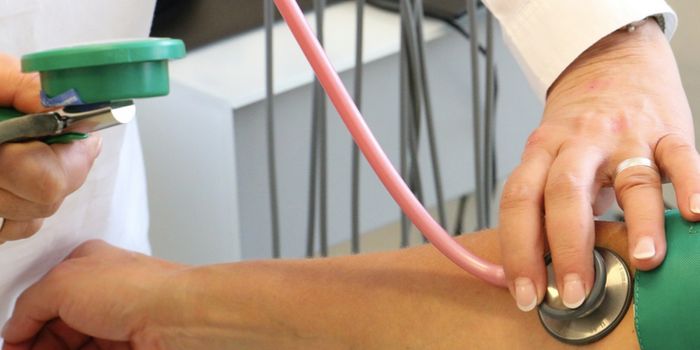Tiny Diagnostic Robot Tank Explores the Colon
The colon, also known as the large intestine, is where the final stages of digestion happen. Here, water, salts, and remaining nutrients from ingested food are absorbed. Due to its susceptibility to a range of conditions, cancer, inflammatory disease, polyps, and infections, for instance, physicians have to perform routine procedures known as colonoscopies to catch potential problems early.
A new device is revolutionizing the way colonoscopies are performed. Tank-like robots, around the size of a C battery, can explore the internal structure of the colon, under the control of a physician. The Endoculus was designed to traverse the intricate and slippery internal structure of the colon with ease using four sets of treads (similar to those on a military tank). It also features air pumps to inflate the colon, water pumps to clear away digesting food and LED lights for recording clear photographs and video. They even have in-built biopsy snares, which enables the device to snip off and collect tissue biopsies for later analysis.
Colorectal cancer is the third most common cancer diagnosed in both men and women in the United States, a disease that typically affects older individuals. It begins with the development of small clumps of cells on the internal lining of the colon, known as polyps. Some of these tissue protrusions can go on to become cancerous over time. Because these polyps are asymptomatic, doctors highly recommend undergoing regular screening tests to prevent colon cancer.
The Endoculus’ design phase saw engineers having to think outside the box, explains Mark Rentschler, associate professor of mechanical engineering at CU Boulder. “You have to forget about everything you know from a locomotion standpoint because driving around inside the body is very different [from] driving around in a car,” he said.
“The environment is highly deformable. It’s very slick. There are sharp peaks that you have to go over.”
More advanced iterations of the Endoculus are currently under construction, with the goal of making them smaller and integrating automation. Right now, physicians can control its movements outside the patient using a video game controller. In the future, computer vision can help the device to navigate and seek out polyps independently.
Source: Medgadget, IEEE Transactions on Robotics.









